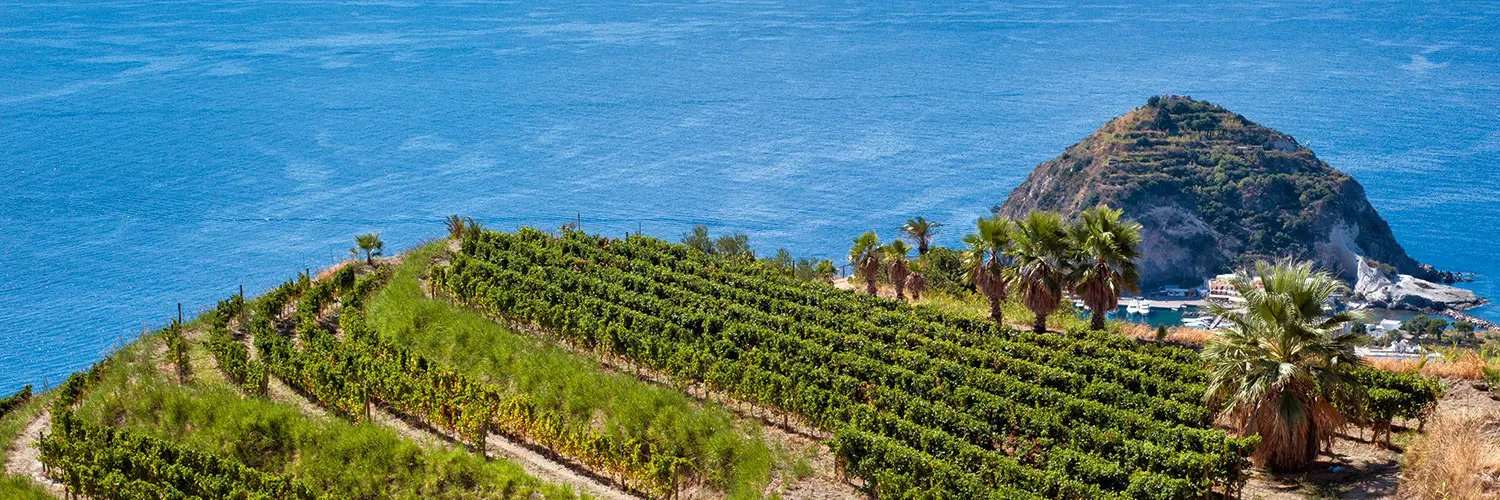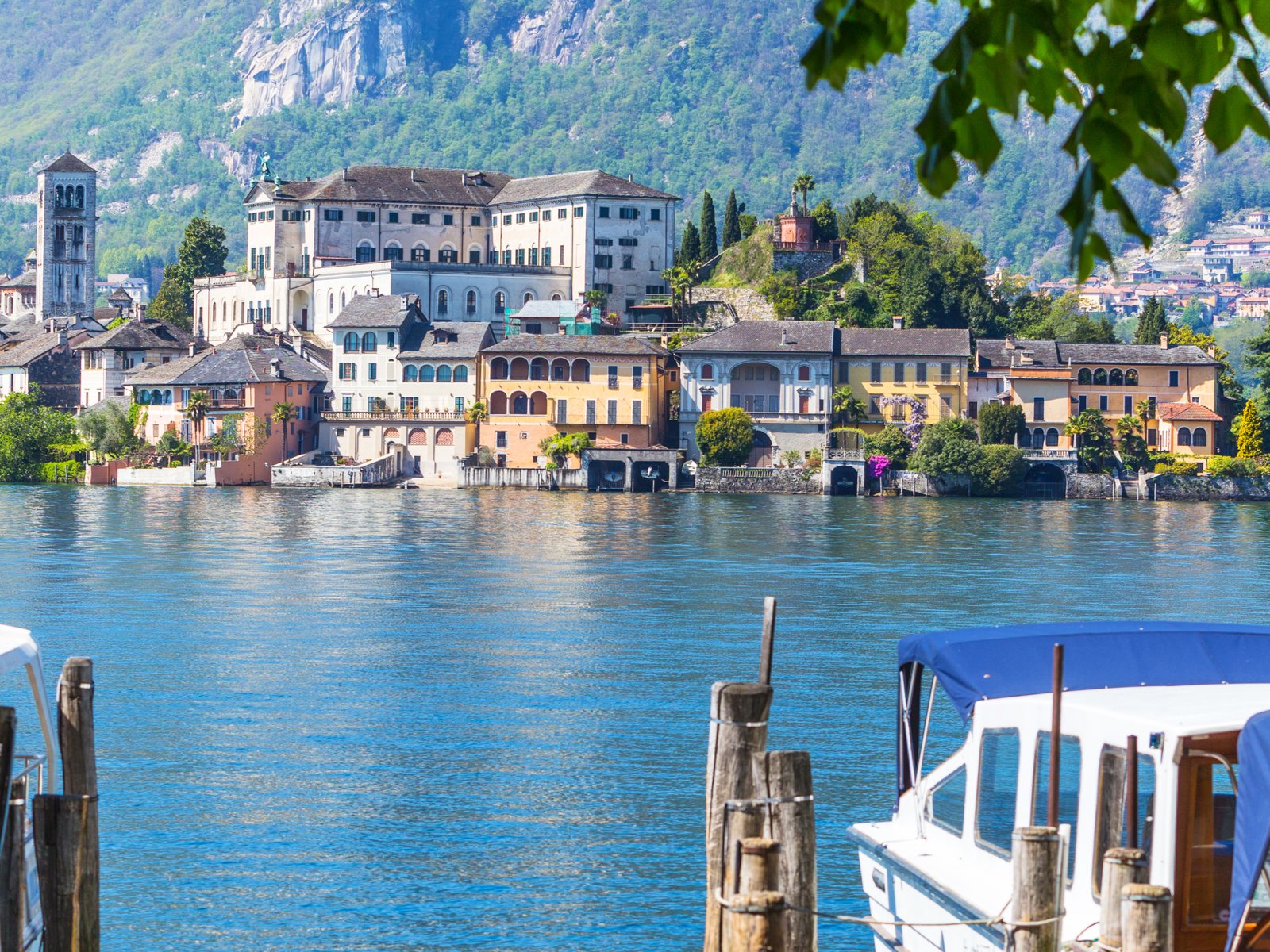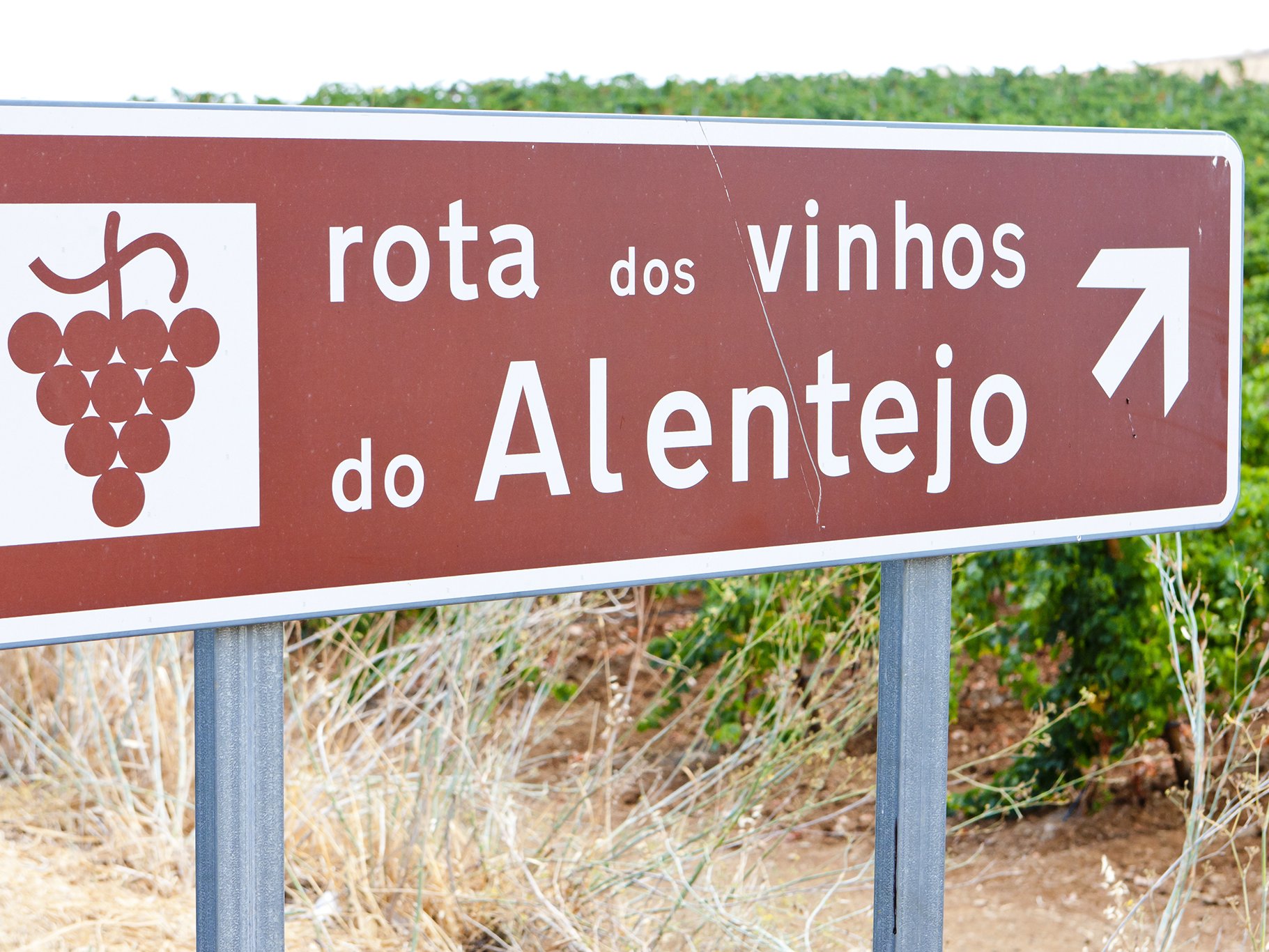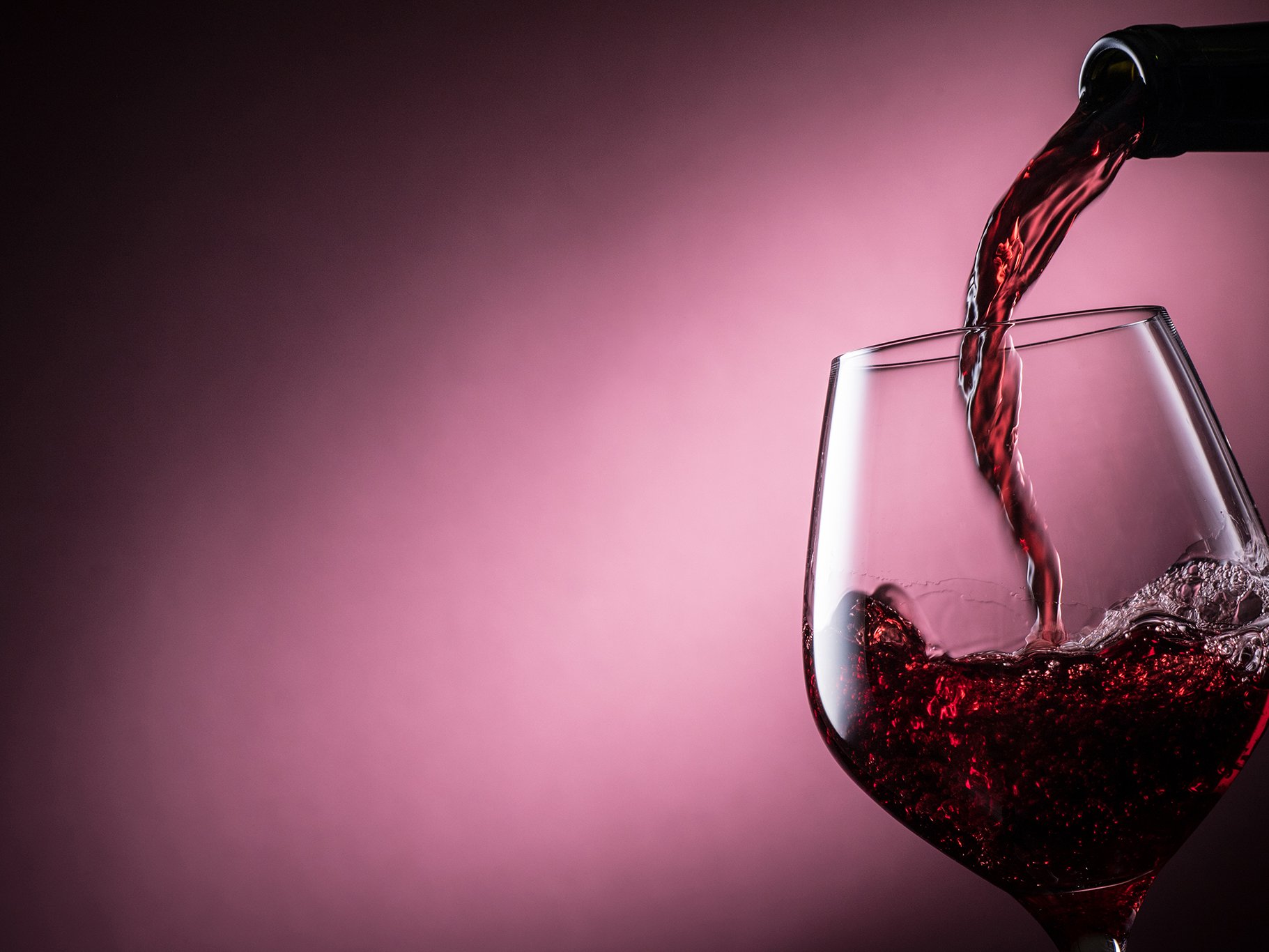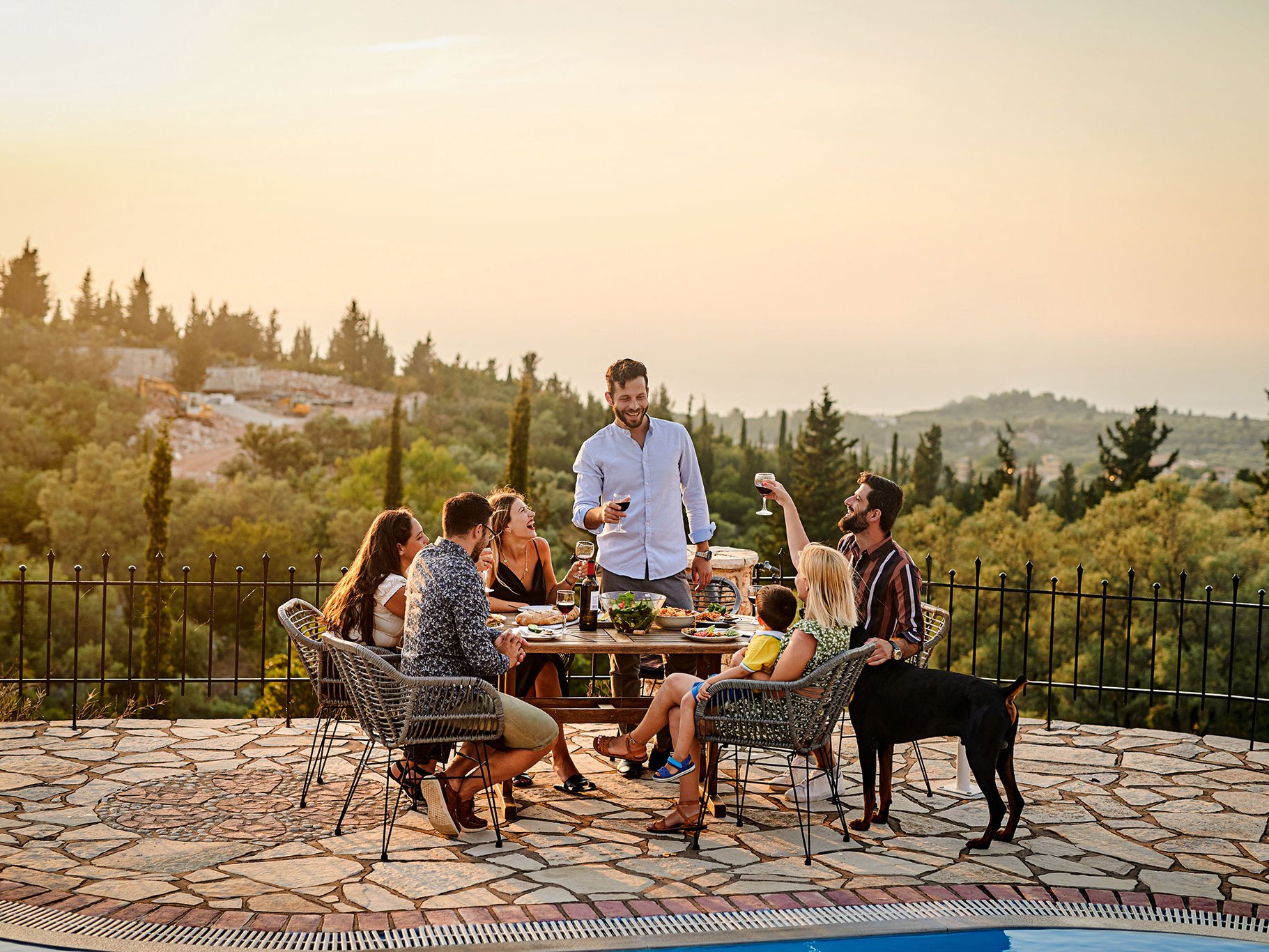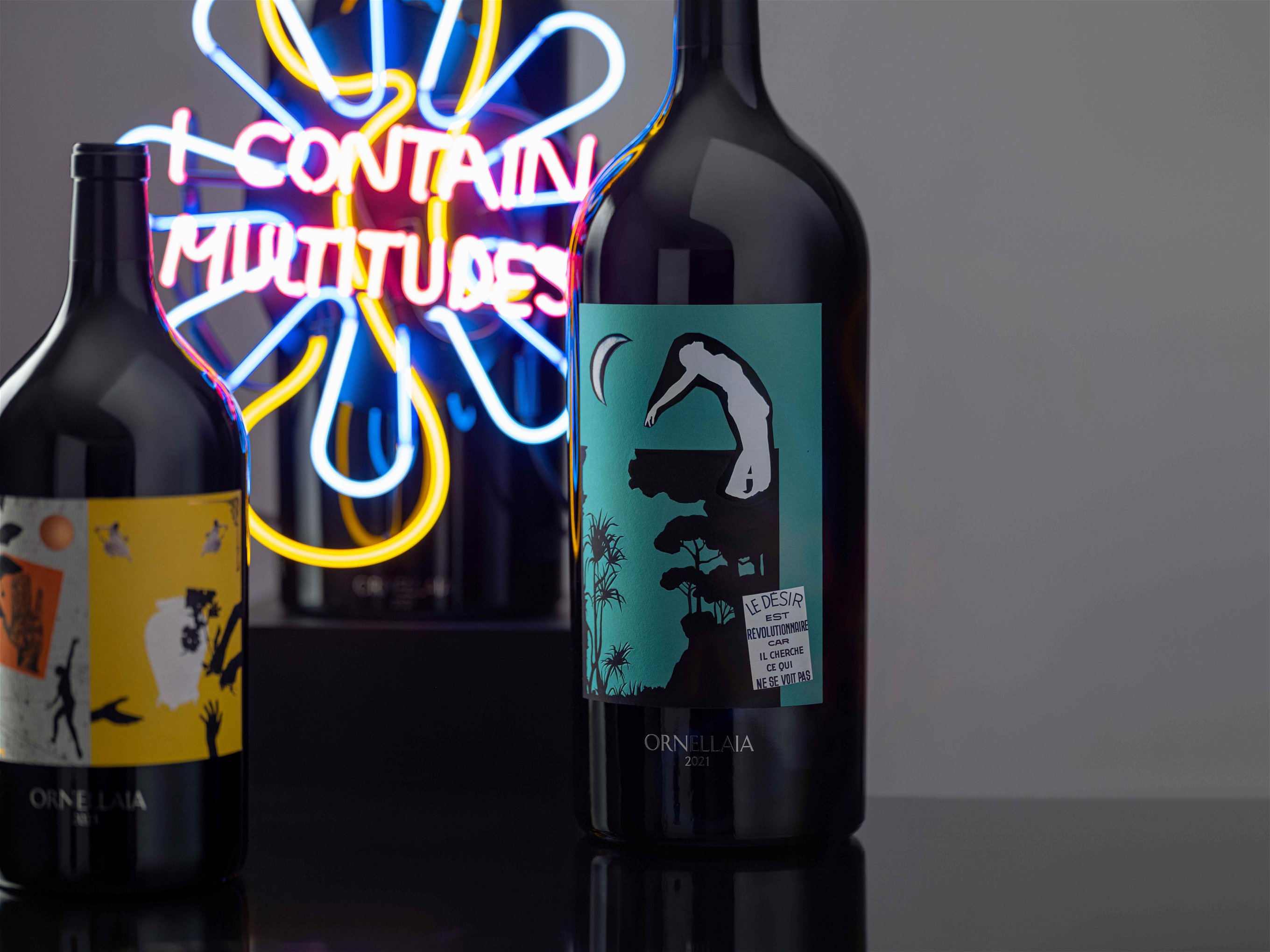Naples: wine with a sea view
A lot of wine is produced around Naples, a city of over a million inhabitants. Refreshing, mineral whites and pithy reds, often from autochthonous varieties. The secret is the volcanic soils.
Caprettone – ever heard of it? It forms the basis for the white Lacryma Christi del Vesuvio. This wine is grown on the slopes of Mount Vesuvius. There are currently six commercial wineries there, one of which is Casa Setaro. The small winery in Trecase, above the excavations of Pompei, can be reached via narrow, winding streets. With almost 14 hectares of vineyards, Massimo Setaro is already one of the big names on Vesuvius. A few years ago, Massimo, who still earns the small change he needs for everyday life as an engineer in the telecom sector, started making his own wine. The cellar is located in the basement of his home - for now. Because further up the slope, a new home for the Casa Setaro wines is being built, with a cellar and a proper tasting room. The vines stand on pure volcanic soil. The vines are true to the roots, and some are well over 100 years old, true Methusalems. Massimo Setaro works with four varieties, two white, Caprettone and Falanghina, and two red, Aglianico and Piedirosso. The wines taste distinctly salty mineral, show juicy acidity and are pleasantly light in alcohol.
Super volcano and super wine
Volcanic activity also characterises the Campi Flegrei, the Phlegraean Fields, north of the metropolis of Naples. However, here the craters go into the earth's interior. Thermal springs, outflowing fumaroles and sulphur vapours remind us that it is bubbling underneath. The poet Virgil once suspected that this was the entrance to the underworld. Volcanologists say that the Campi Flegrei are one of the super-volcanoes of our earth. Although the Bay of Pozzuoli adjoins that of Naples to the north, it is little known to foreigners. The Neapolitans like to keep to themselves here. Understandable, given the truly spectacular nature. There is not only the bay with the villages of Baia and Bacoli, there are also several brackish lakes and the islands of Procida and Ischia directly offshore. Winegrowing has a very long tradition here - it was founded by the ancient Greeks. The vineyard once covered 300 hectares, but during the building boom in the 1970s, part of the vineyards had to give way. Today, the area under cultivation is still around 100 hectares, most of which are located in a nature park and for whose preservation great efforts are being made. Falanghina (white) and Piedirosso (red) play the main role in the Campi Flegrei. The sandy, volcanic soils mean that here, too, all the vines are still ungrafted.
Cantine Astroni is one of the best-known wineries in the area. The winery is located in the former hunting ground of the Bourbon kings, the vines grow on the slopes of the Astroni crater. Gerardo Vernazzaro and his staff produce some characterful site wines, full of juiciness and tension and with amazing freshness. Gennaro Schiano of Cantine del Mare has revitalised an old quarry and planted it with vines. The view from there of the islands of Ischia and Procida is fantastic. One of Schiano's red wines is made from vines that still climb up trees and are over 150 years old. Impressive! Vincenzo di Meo of the La Sibilla winery, reports that when he ploughs up the vineyards, he keeps coming across finds from antiquity. For those interested in an excellent white Falanghina, the Agnanum winery is also recommended: Day after day, winemaker Raffaele Moccia climbs steeply sloping vine terraces of volcanic dust and sand to plant, prune, tend and harvest their grapes by hand.
Enotria
“Land where the wine grows” the ancient Greeks once called southern Italy. The first settlements of the Greeks, however, were not established on the mainland but on the island of Ischia, which was known in ancient times for its iron ore. The Greeks brought the grapevine with them from the east and began to grow wine on Ischia. The most famous producer on the island is Casa D'Ambra. The D'Ambra family, whose vineyards climb up vertiginous cliffs above the coastline, has been producing wines since 1888. The defining varieties on Ischia are Biancolella, Forastera and Rillo for white, and Per'e palummo for red. Another recommended winery on Ischia is Pietratorcia.
Locations with a sea view
On the peninsula of Sorrento and Amalfi, wine is grown on many small terraces. A very interesting new producer on the scene is Abbazia di Crapolla. The winery is situated on a small plateau steeply above Vico Equense. Crapolla is an old monastery that was abandoned for a long time. The panoramic view from up there is breathtaking: Capri, Ischia, Procida, Naples, Vesuvius and the entire gulf lie at your feet. In the background is Monte Faito, the highest point on the peninsula. Fifteen years ago, the entrepreneur Giuseppe Puttini bought the monastery and the surrounding land. With the help of Luigi Moio, one of Campania's leading oenologists, he began to plant the first vineyards. Today, Moio's student Arturo Erbaggio gives him a hand. The white Sireo, a cuvée of Fiano and Falanghina, which is skilfully matured in wooden barrels, is outstanding.
Since last year, Giampaolo Motta (Tenuta La Massa), who grew up in Naples, and Stéphane Derenoncourt, well-known consultant from Bordeaux, are also involved in the project. We will certainly hear a lot more about Abbazia di Crapolla in the future. An impressive cliff stretches between Amalfi and Positano. The village of Furore is home to the peninsula's most famous winemaker, Marisa Cuomo. Carved into the rock terraces, the vineyards seem to literally float above the emerald green sea. 500 metres above the roaring waves lies the cellar, which has been driven deep into the limestone. A unique ambience - just like the wines that are produced here. The flagship of Marisa Cuomo and her husband Andrea Ferraioli, who produce fine whites as well as powerful reds, is the Fiorduva. This exceptional white wine is made from the local varieties Fenile, Ginestra and Ripoli. It combines the taste of sea and rock, smelling of sun and ripe fruit.
